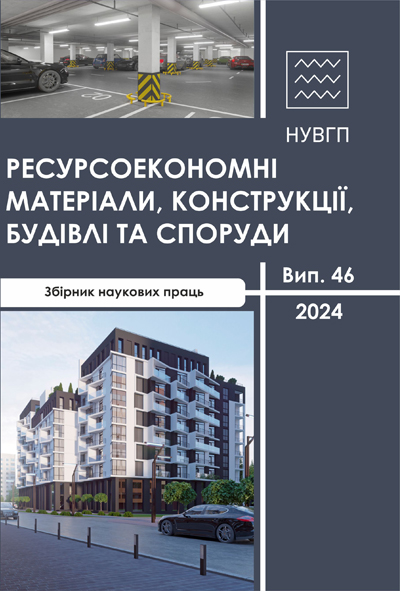INNOVATIVE METHODS OF REDUCING THE EVAPORATION FROM SURFACES OF OPEN WATER BODIES
DOI:
https://doi.org/10.31713/budres.v0i46.42Abstract
The purpose of the work is a critical analysis of existing methods of reducing water evaporation from water bodies and the selection of the most promising method for practical implementation. Systematic studies that confirmed the economic efficiency of use for reservoirs were conducted in Australia. The effect of reducing evaporation protective coatings was studied based on the use of suspended films and floating plates. These structures reduce evaporation by blocking solar radiation on the water surface. As a result, the temperature of the water surface, and therefore evaporation, decreases. The disadvantage of modular systems is the partial coverage of the water surface, which allows water to evaporate through uncovered gaps. An alternative method of covering water surfaces is the use of balls to generate a shadow.
To reduce evaporation, ultra-thin films of special additives that are not soluble in water are also used. Among the substances most often considered were surfactants, fatty alcohols, siloxanes, ethers. From the point of view of environmental safety, a number of advantages of using such ultra-thin films have been noted. The effect of additives varies widely: from 16 to 63% and depends on both the type of additive and the thickness of the film. An important practical disadvantage of fatty alcohols is their relatively high cost and low stability.
To date, research is being conducted on a method of reducing evaporation based on ultrathin films of polydimethylsiloxane. The authors of the paper obtained the dependences for determining the mass transfer coefficients bр, during evaporation from the surface of water protected by ultra-thin films of polydimethylsiloxanes PDMS-100 and PDMS-200 with a thickness of 1 μm. Dependencies of the mass transfer coefficient βp, obtained as a function of the surface temperature of water. The obtained dependences make it possible to carry out a predictive assessment of water losses during evaporation from open water bodies.

